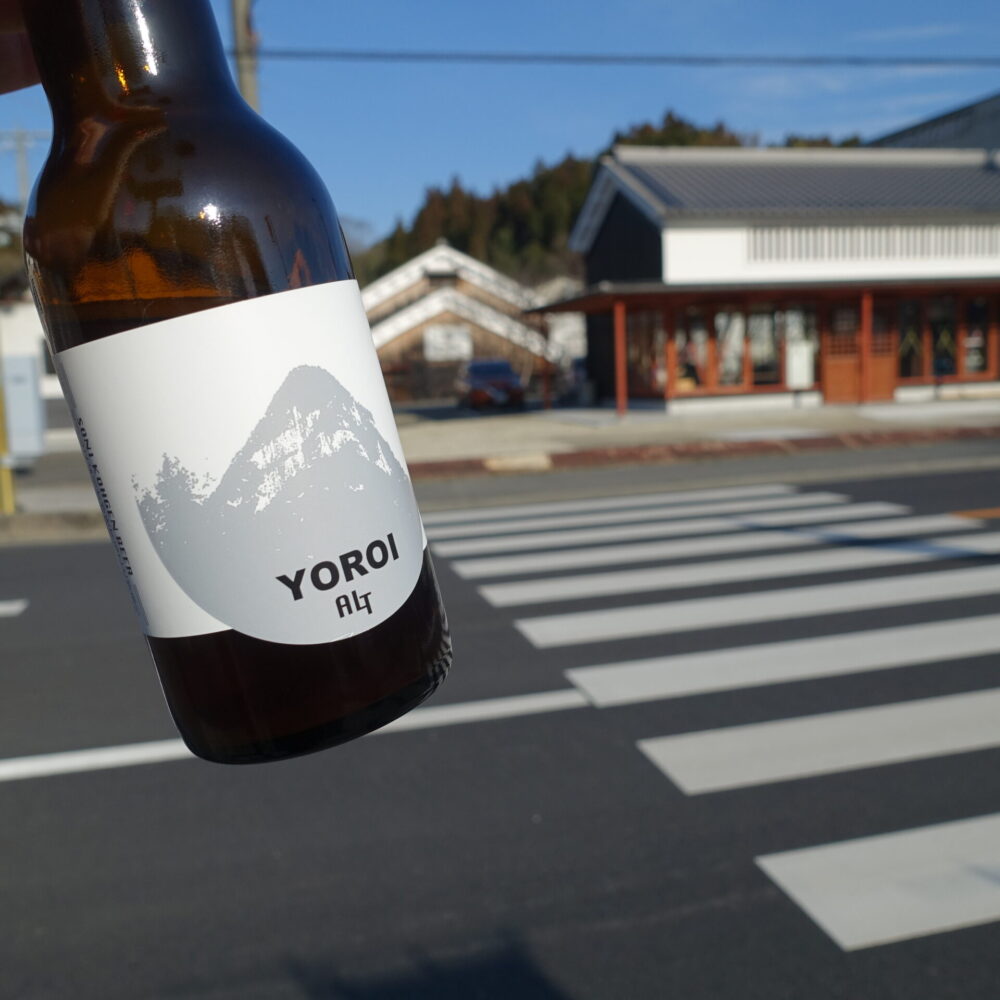Tourist attractions in Nara Prefecture3
On the last day, I visited two Important Preservation Districts for Groups of Traditional Buildings (‘Jyudenken’) located away from Nara City. There are three Jidenken sites in Nara Prefecture.
Table of Contents
1: Imai-cho, Kashihara City
2: Matsuyama, Uda City
1: Imai-cho, Kashihara City
The morning visit was to the Imai-cho Traditional Buildings Preservation District (‘Imai-cho’) in Kashihara City (Kashihara). Kashihara City was the site of Fujiwara-kyo, Japan’s first full-fledged capital, established in 694 (before the capital was moved to Heijo-kyo). It is located about 50 minutes away from Nara Station.
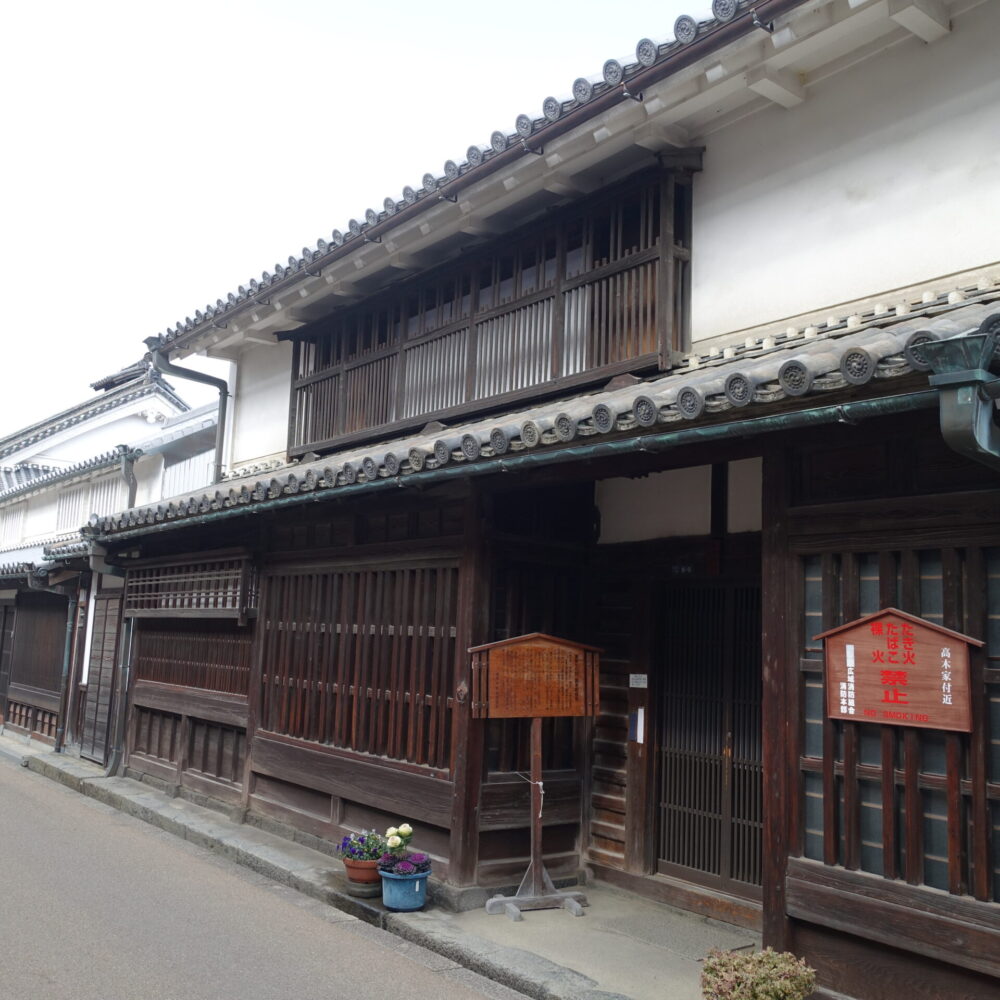
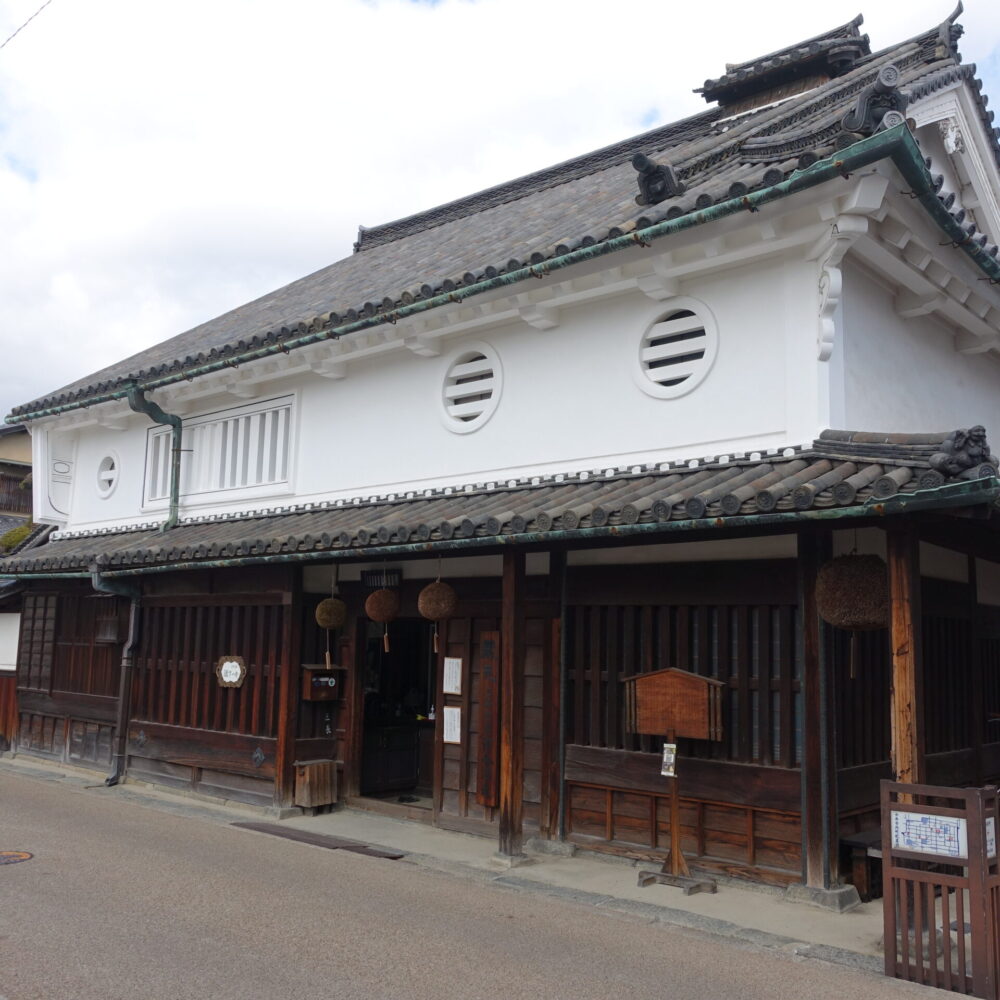
Imai-cho was established in the Warring States period as a temple town of the Shonenji Temple of the Jodo Shin sect. It became a Tenryo (directly controlled by the Edo shogunate) and developed as a commercial town in the Edo period. As a traditional building, the district has 504 houses, the most of any heavily built-up area in Japan. Nine of the buildings have been designated as national important cultural properties.
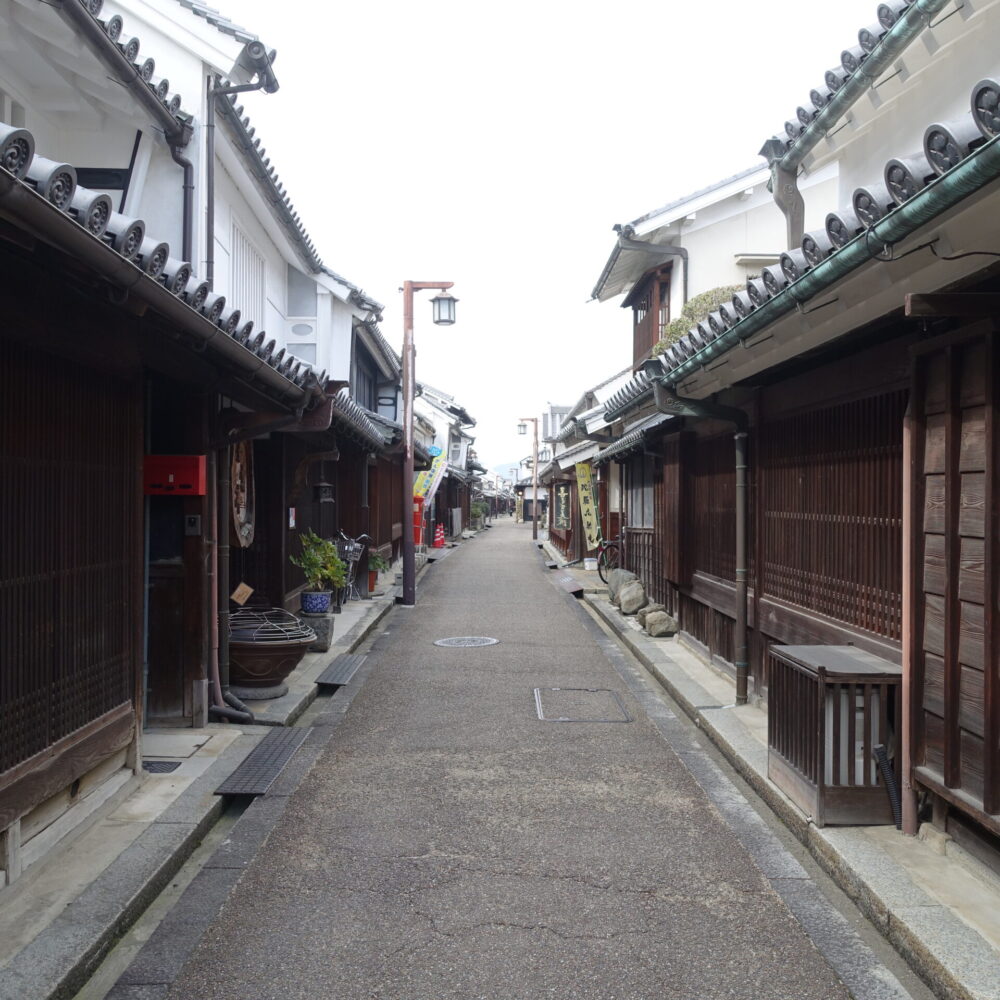
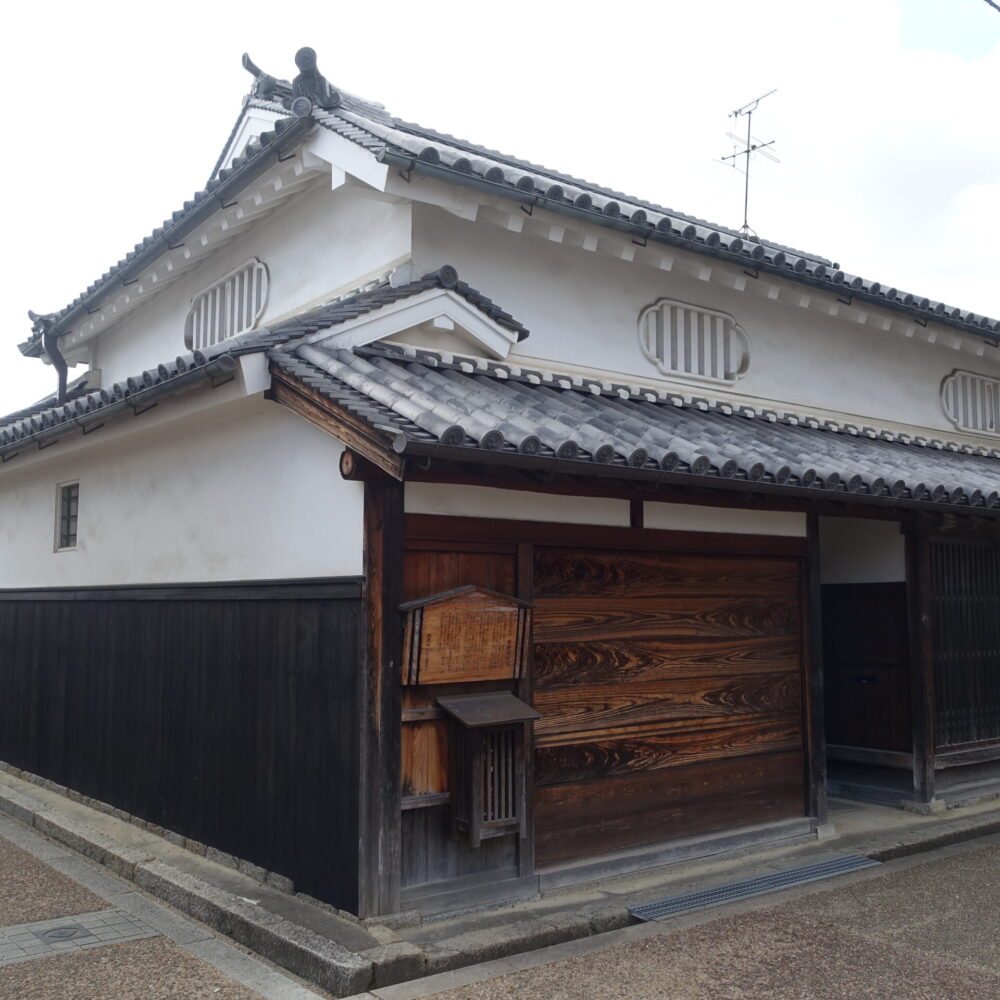
As can be seen, many traditional buildings still exist, and the townscape retains the atmosphere of the Edo period. Because of this, the area has been the location for TV dramas such as NHK’s morning dramas Asa ga Kita and Gochisousan and films such as Moeyo Ken (Burning Sword) and Rurouni Kenshin: The Final Chapter The final. I have been to many Jyudenken, but walking around Imai-cho was particularly enjoyable. I hope that many people will enjoy walking around Imai-cho.


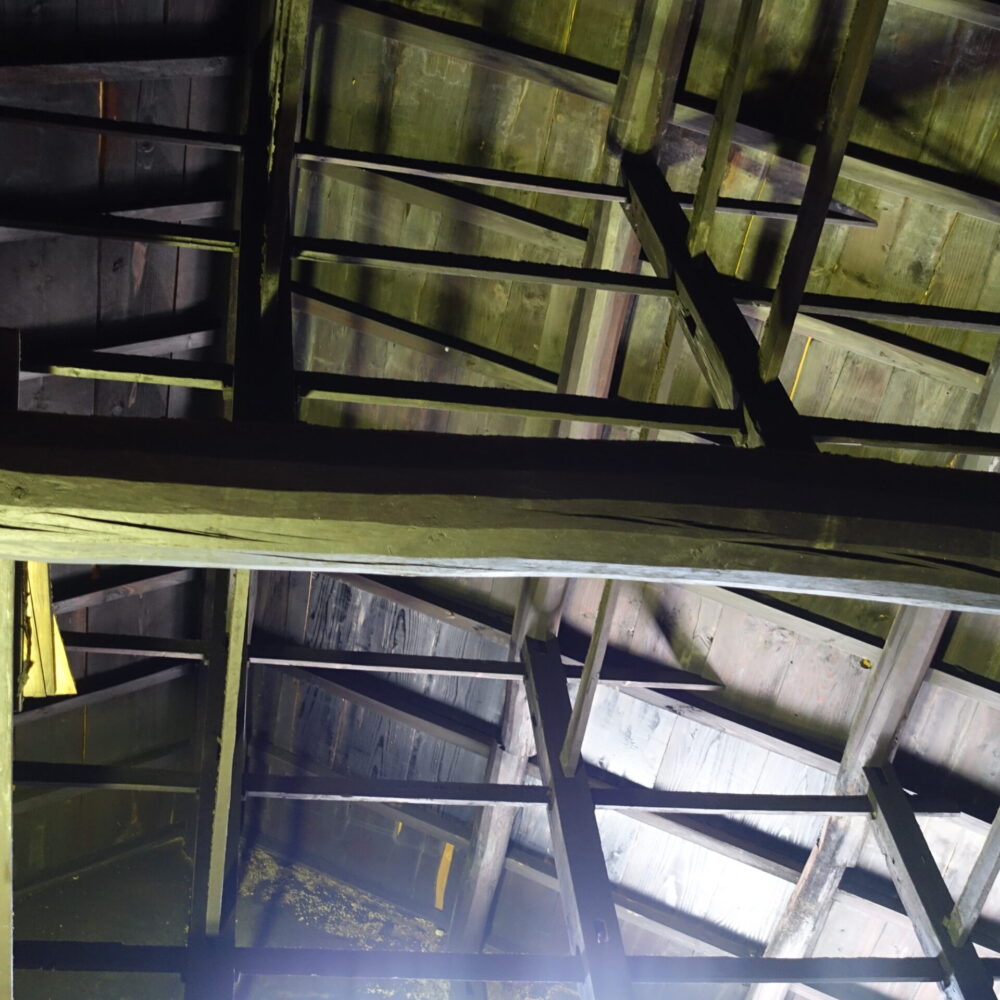
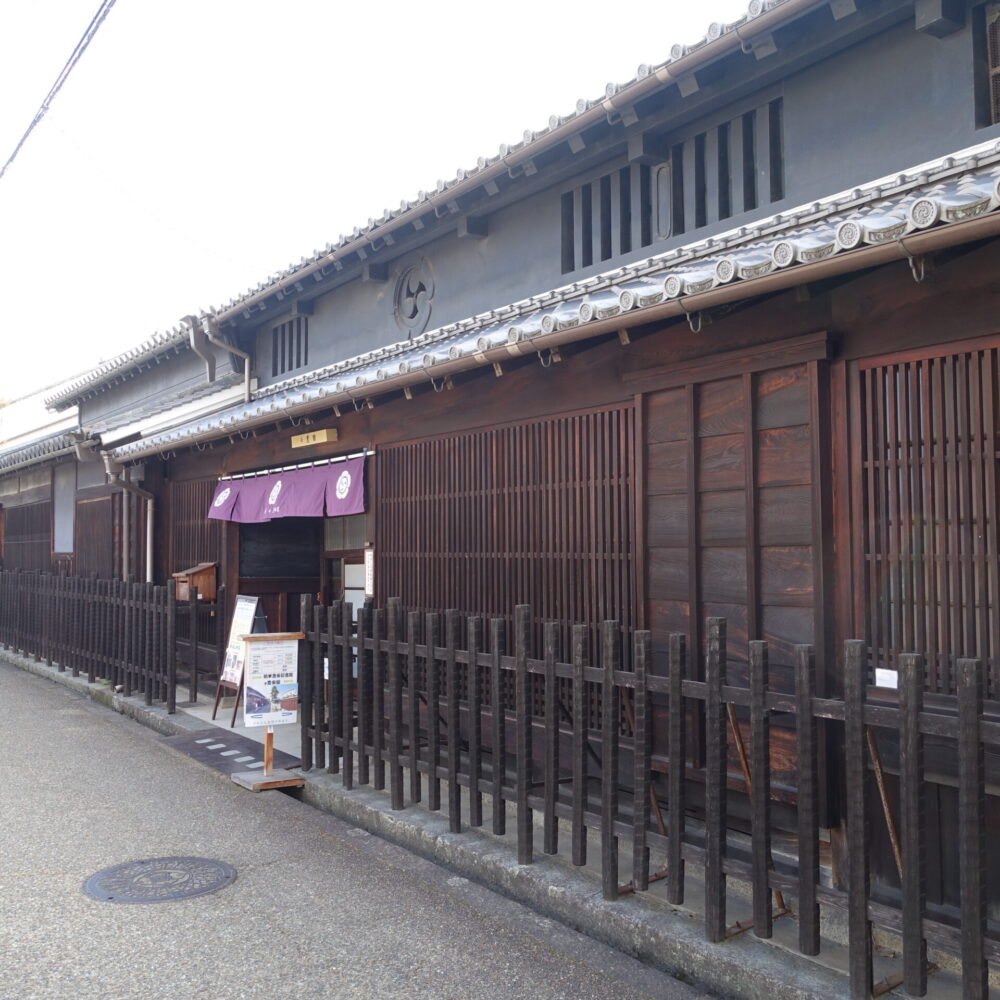
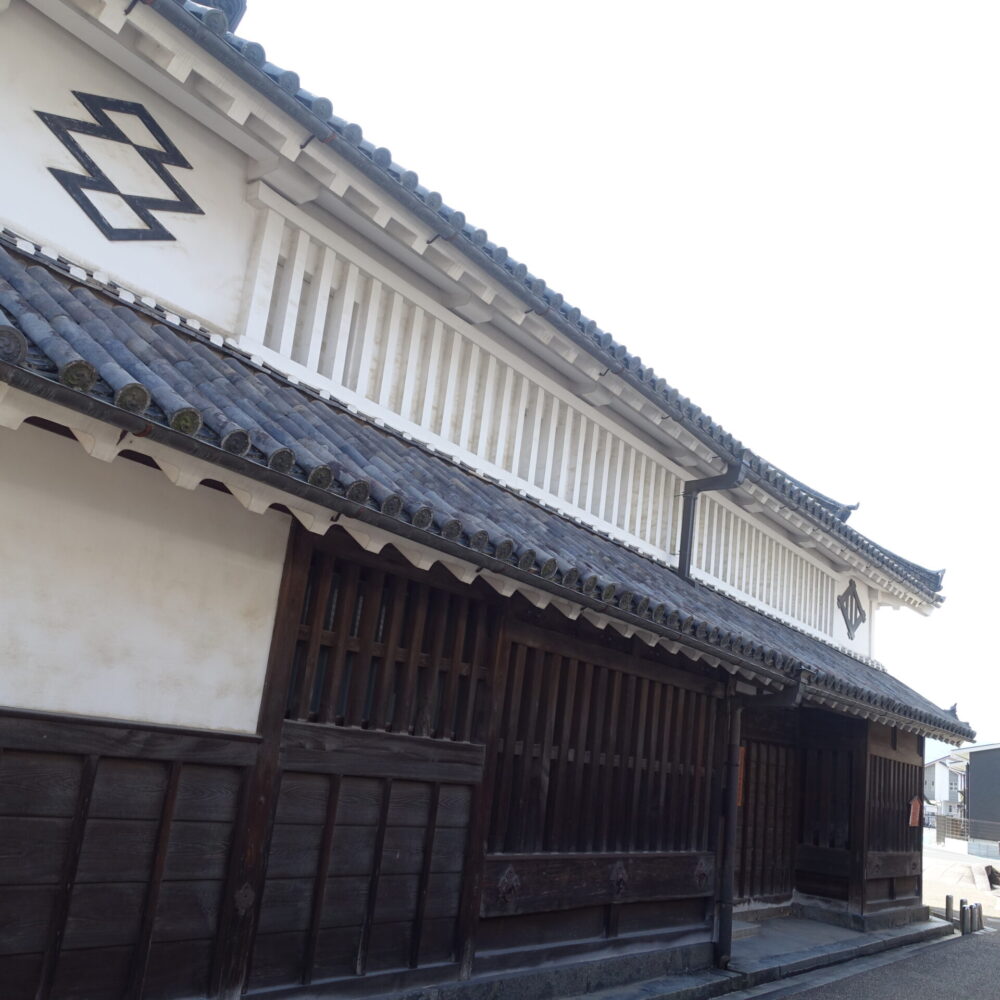
2: Matsuyama, Uda City
After Imai-cho, I visited the Matsuyama Important Preservation Area for Traditional Buildings in Uda City (‘Uda Matsuyama’). Uda Matsuyama is about one hour and ten minutes by train and bus from Imai-cho. Compared to Imai-cho, which is on the plains, Uda Matsuyama is a mountainous area rich in nature. Uda Matsuyama is famous for its ‘Yoshino kuzu (arrowroot).’ It is also home to two sake breweries: the Kubo Honke Brewery, which is nationally renowned for its sake ‘Hatsugasumi,’ and the Yoshimura Brewery, which produces ‘Chiyo no Matsu sake.

Uda Matsuyama has a long history and is said to have been a court hunting ground during the Asuka period. During the Age of Civil Wars, it developed as the castle town of Akiyama Castle (Uda Matsuyama Castle), home of the Akiyama clan. Later, Uda Matsuyama Castle became the residence of Fukushima Takaharu (younger brother of Fukushima Masanori) and Oda Nobuo (second son of Oda Nobunaga).
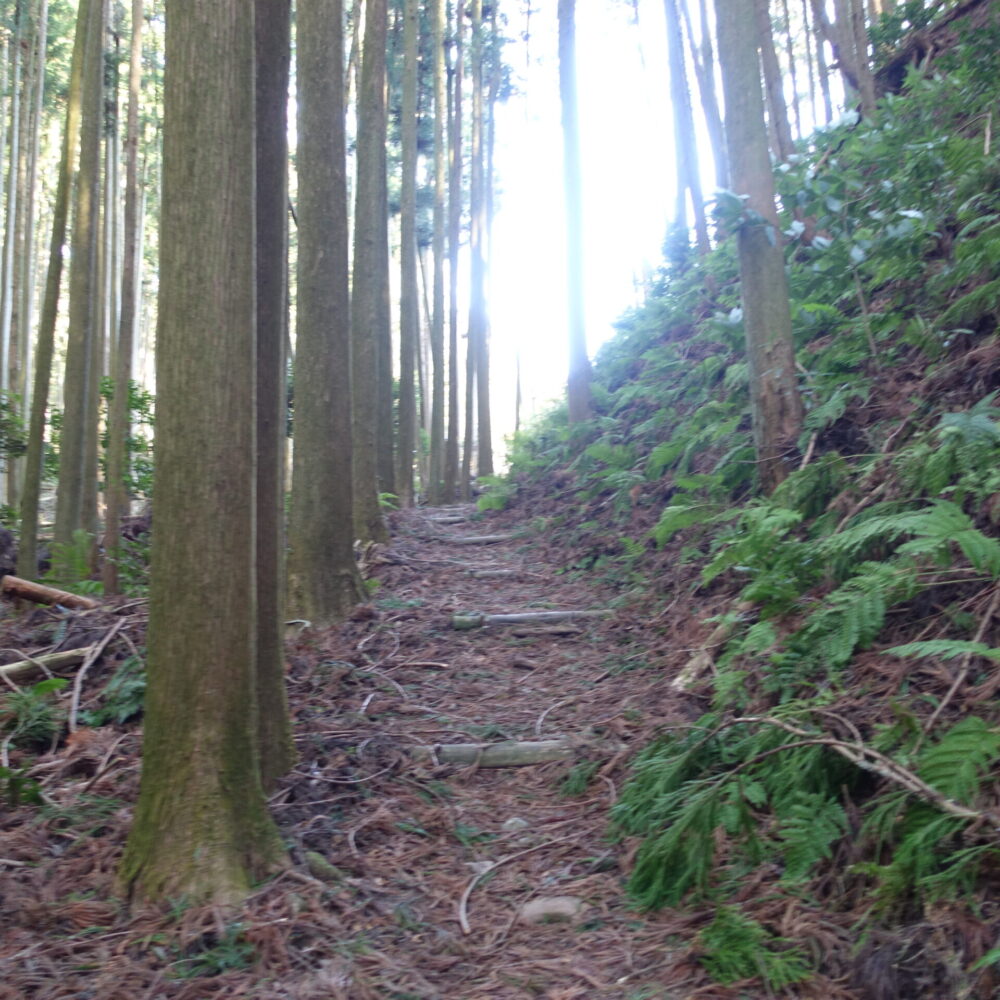
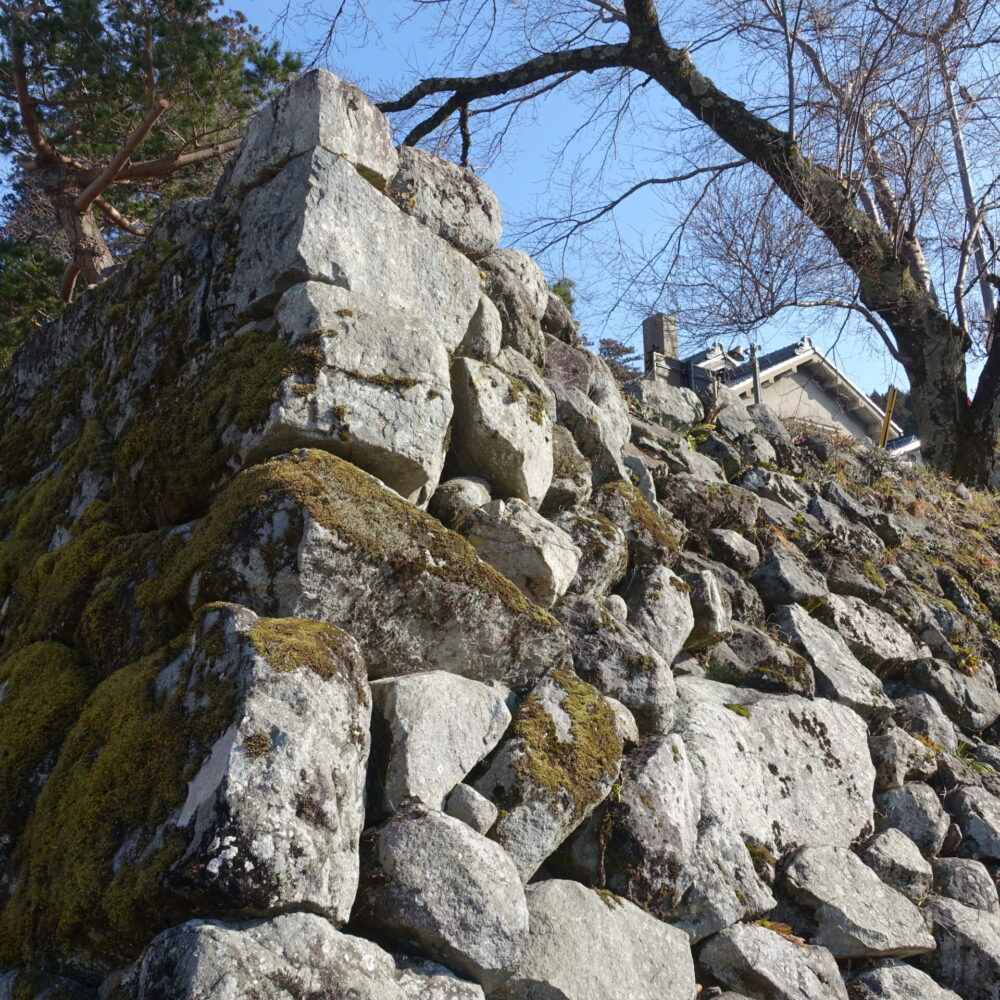
Uda Matsuyama Castle remains a mountain castle site. It took about 20 minutes to climb to the castle tower ruins, and even in winter, I was sweating a lot. However, the view from the castle tower ruins is excellent, so it is just suitable for hiking.
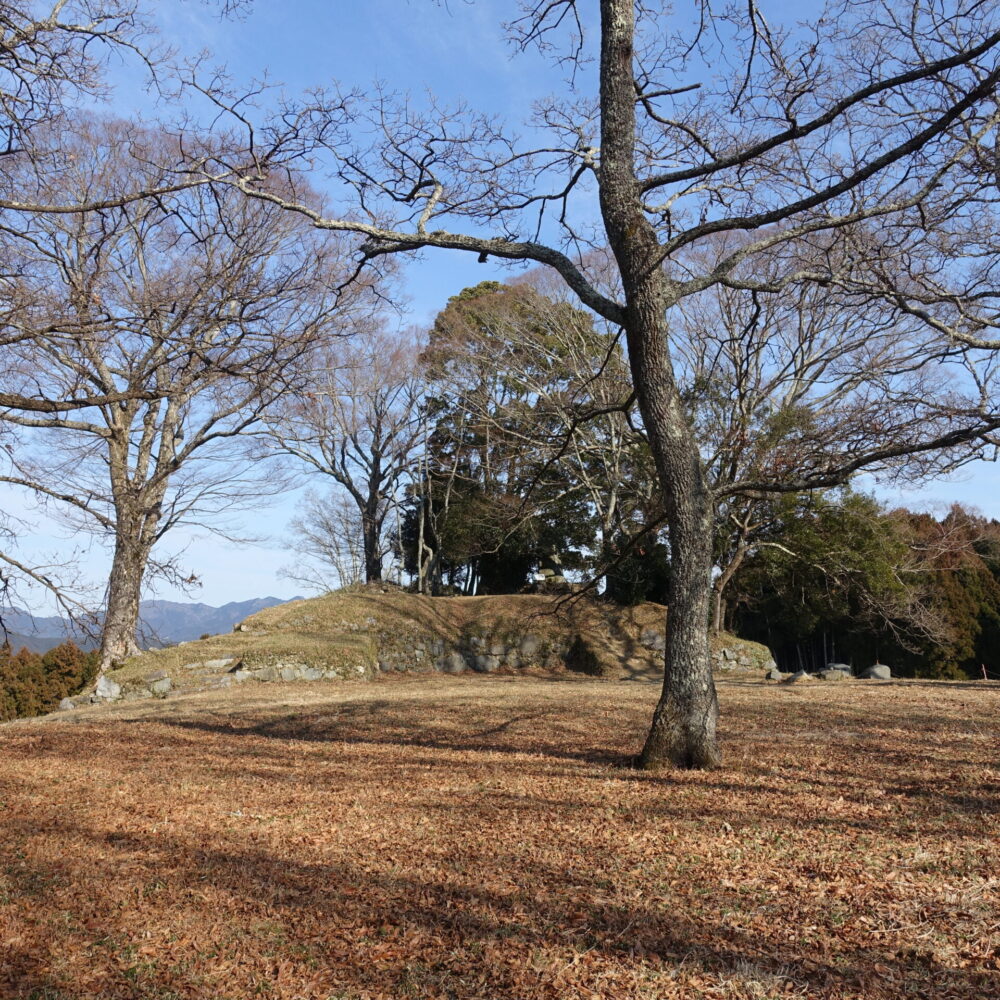
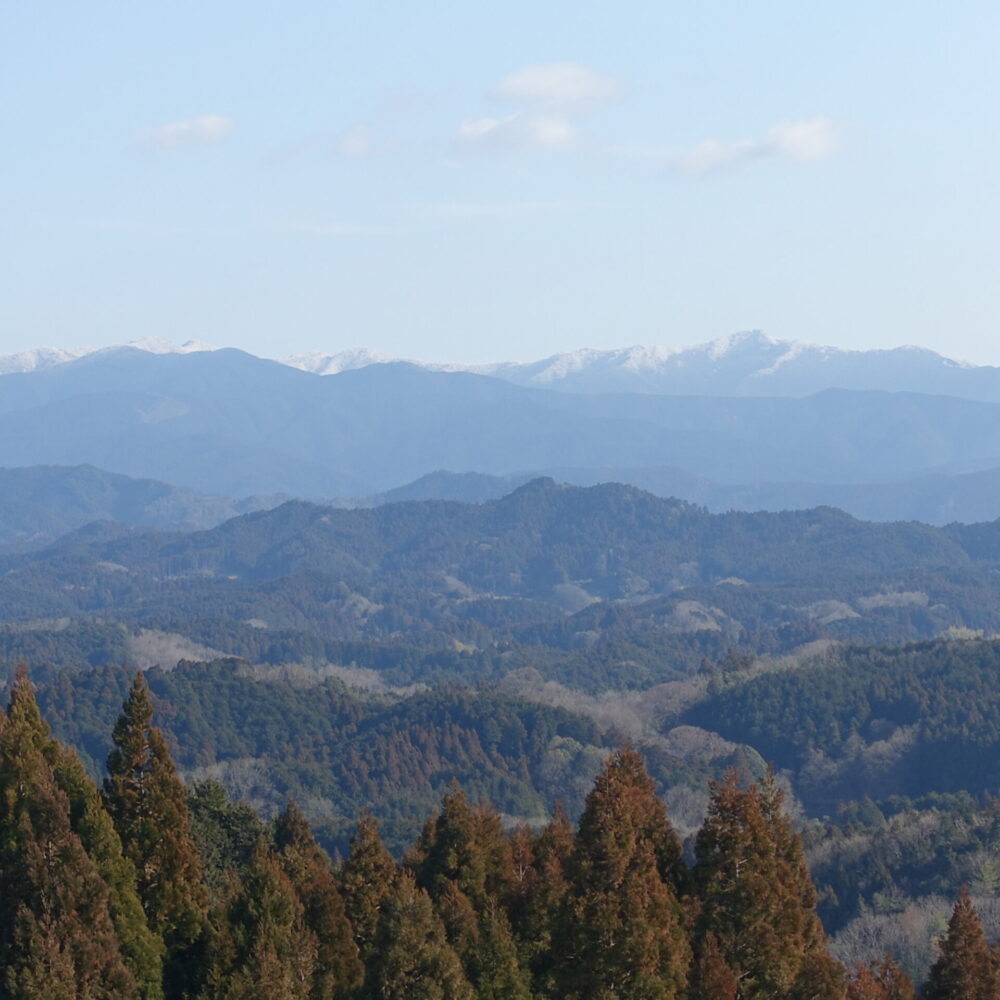
After Oda Nobuo, the Oda family ruled the territory as the Uda Matsuyama clan. However, in 1694, the Oda family suffered a strange fate: the Oda family’s family uprising, known as the ‘Uda Kuzure,’ caused the Uda Matsuyama clan to be abolished, and the Oda family was replaced to Kaibara-han. I visited Kaibara, Tamba City, Hyogo Prefecture, where the Kaibara clan was located, about a year ago and found it to be a simple place with no trace of the prosperous Oda family.
The Uda Matsuyama clan, which was abolished, became a Tenryo and prospered as a key transport hub. It also developed as a merchant town, attracting influential merchants through a tax exemption system. In particular, the city was characterized by its large number of apothecaries, including 12 Japanese apothecaries dealing in herbal medicines, 12 apothecaries dealing in medicinal wine, and 23 compounding apothecaries mixing medicines. The Morino Old Medicine Garden, the oldest in Japan, still exists and can be visited.
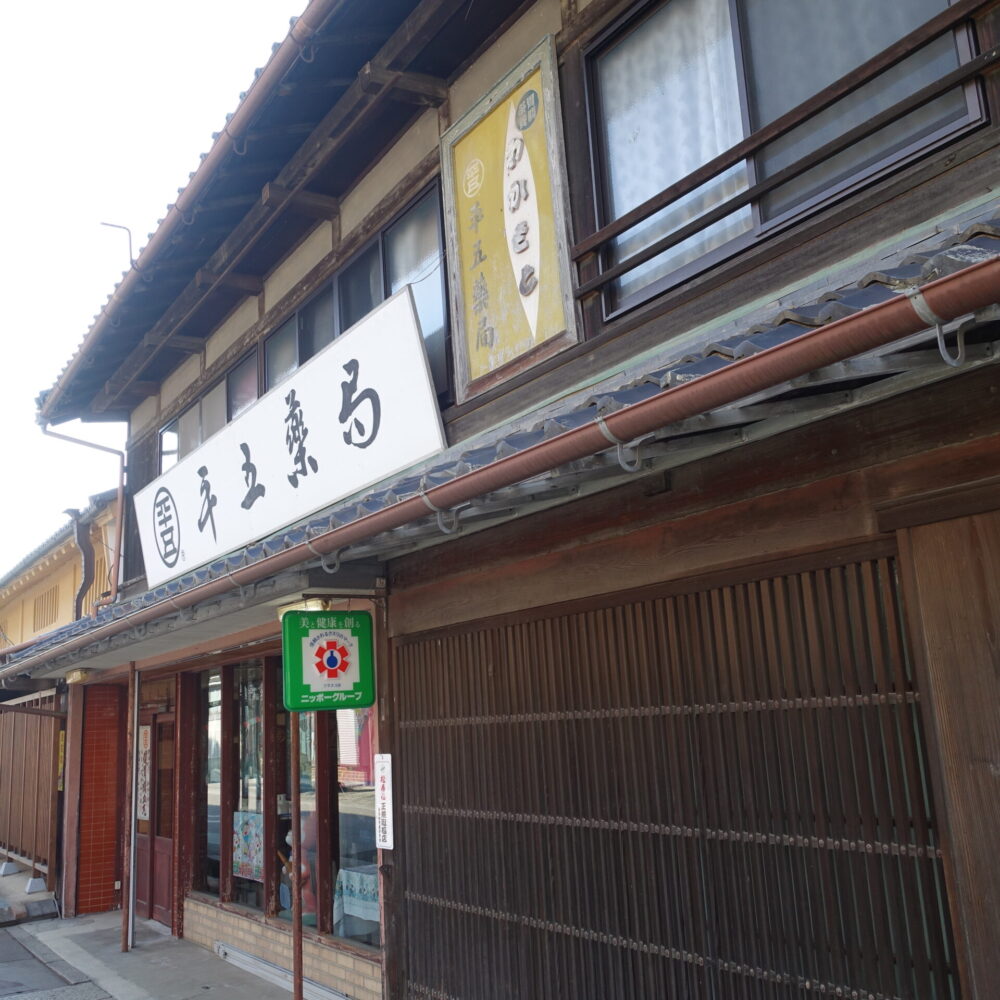
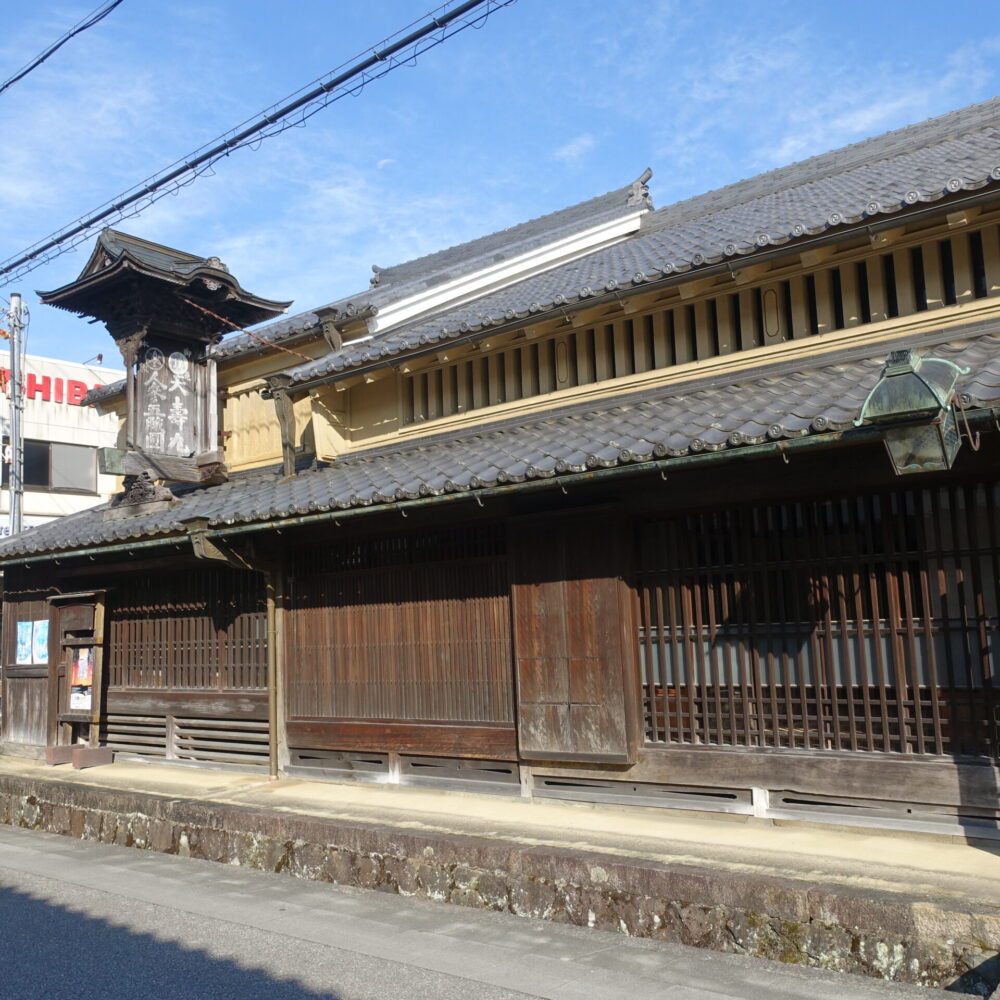
Although Uda Matsuyama retains the atmosphere of the Edo period with its old buildings and streets, it is considerably smaller than Imai-cho, so you may be a little disappointed if you go to Uda Matsuyama from Imai-cho. It is better to go to Uda Matsuyama first and then to Imai-cho. On the other hand, Uda Matsuyama is a great place for tourists who want to leave the hustle and bustle of the city behind and relax in the mountains.
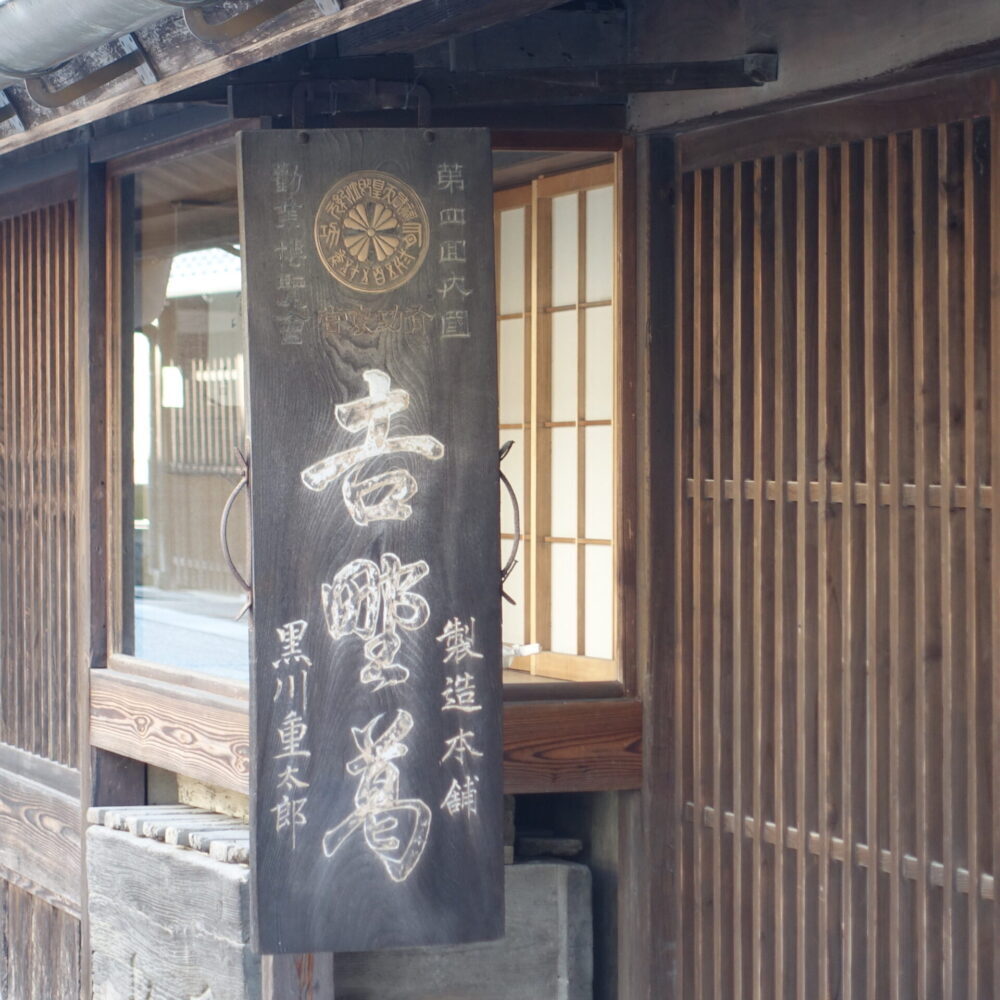
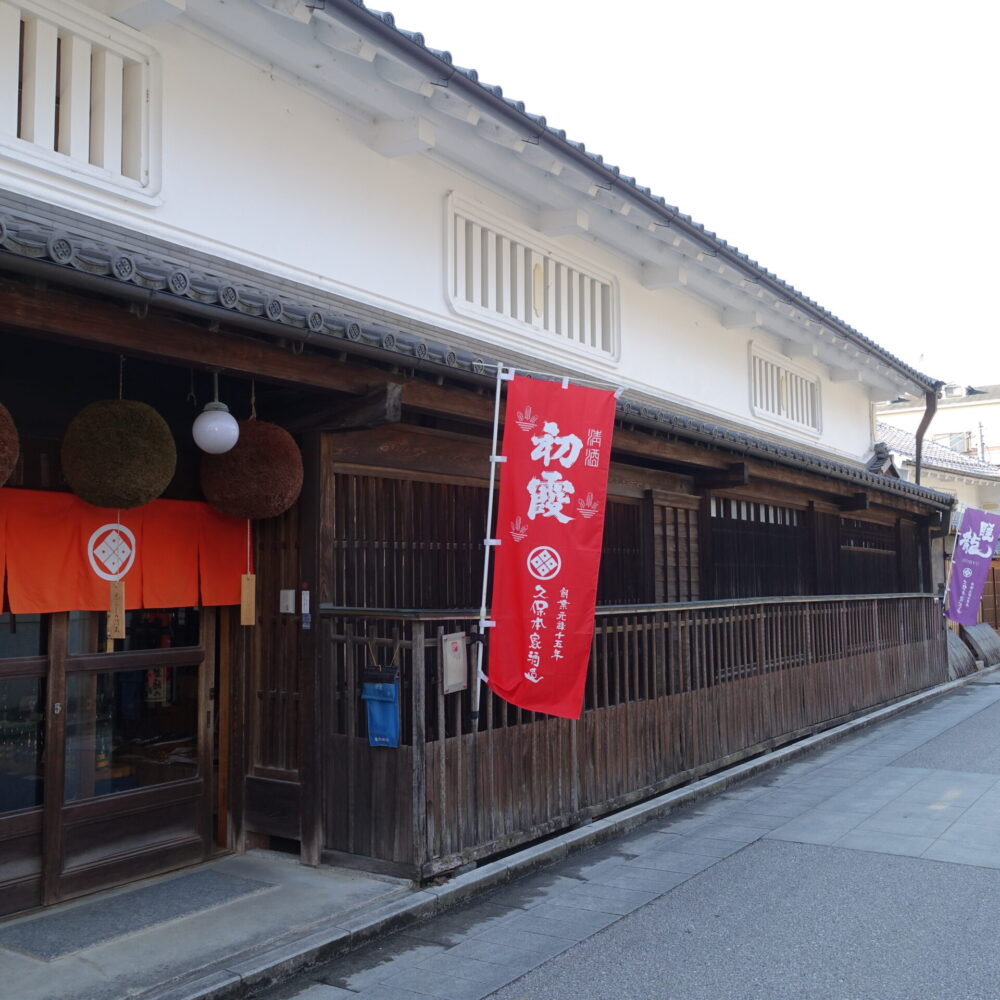
Next to the roadside station Uda Road Ouda, the tourist hub of Uda Matsuyama is the Oku Yamato Beer Taproom, where you can drink freshly brewed draft beer. I unknowingly missed the taproom and drank a YOROI (Alt) from Soni Kogen Beer at the roadside station. Soni Kogen Beer is another local craft beer made in Soni Village, Uda County, Nara Prefecture.
